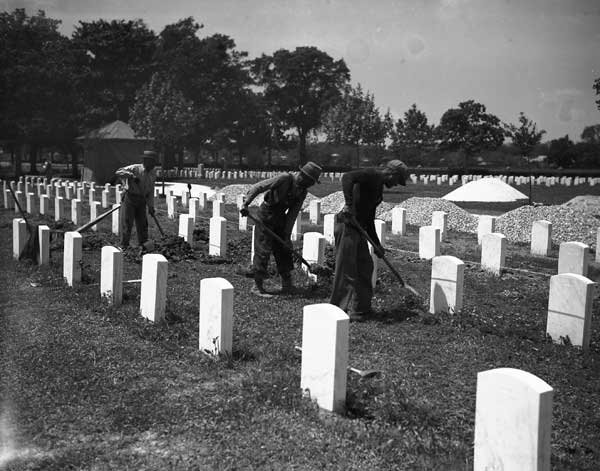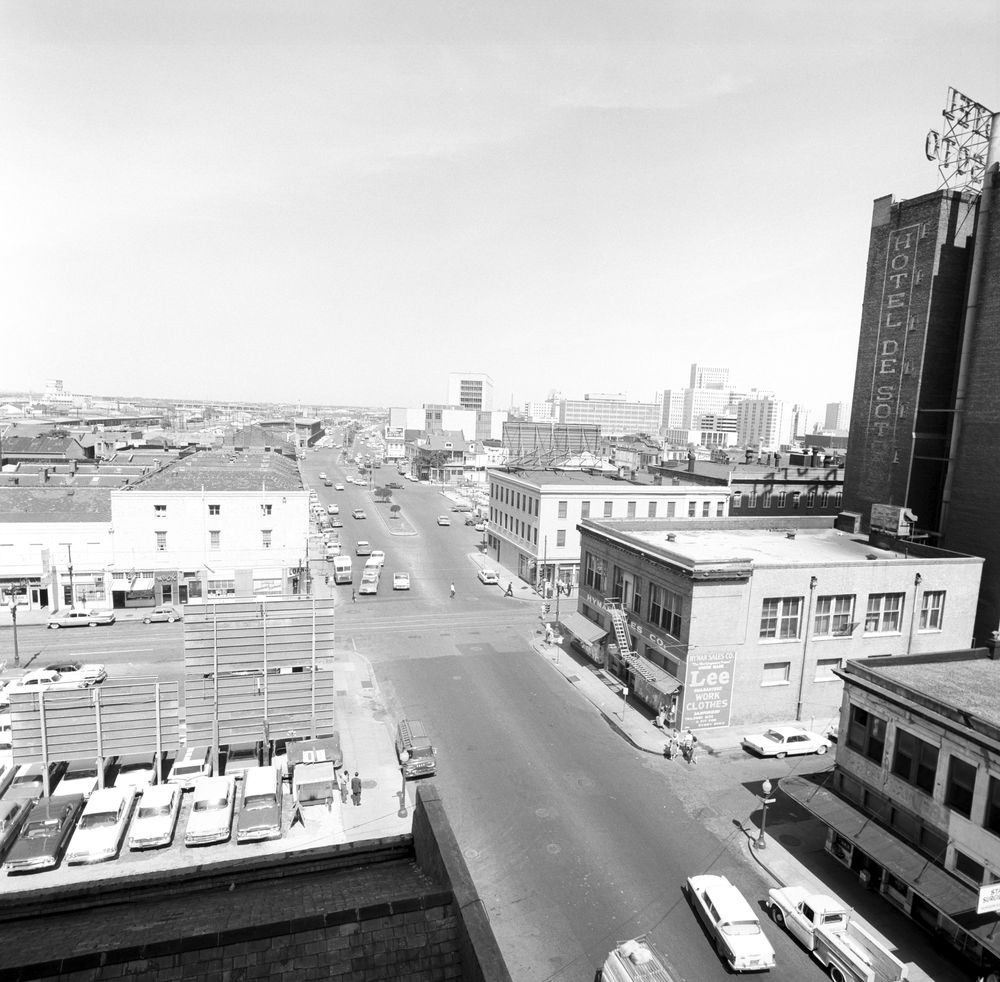|
Creole Queen
The ''Creole Queen'' is a 1,000-passenger paddlewheel riverboat operating out of the Port of New Orleans. She is operated by New Orleans Paddlewheels, Inc. She was built by Halter Marine at Moss Point, Mississippi along the lines of a turn-of-the-century sternwheeler and was christened into service in September 1983. She is long and wide. She has three decks, two of which house three dining and banquet rooms and a third top deck for covered outside seating. Her gross tonnage is 397. She is docked at the Poydras Street Poydras Street (french: Rue Poydras) is a street that serves as the main artery of the New Orleans Central Business District, in New Orleans, Louisiana. The street is named for Julien de Lallande Poydras. Many of the city of New Orleans' and the s ... dock adjacent to the Riverwalk and New Orleans Hilton Riverside and Towers. Her master is Captain Brian Clesi. External links ''Creole Queen'' official website [...More Info...] [...Related Items...] OR: [Wikipedia] [Google] [Baidu] |
Jean Lafitte National Historical Park And Preserve
Jean Lafitte National Historical Park and Preserve (french: Parc historique national et réserve Jean Lafitte) protects the natural and cultural resources of Louisiana's Mississippi River Delta region. It is named after French pirate Jean Lafitte and consists of six separate sites and a park headquarters. Acadiana Three sites interpret the Cajun culture of the Lafayette (southern Louisiana) area, which developed after Acadians were resettled in the region following their expulsion from Canada (1755–1764) by the British, and the transfer of French Louisiana to Spain in the aftermath of the French and Indian War. * Acadian Cultural Center in Lafayette * Prairie Acadian Cultural Center in Eunice, obtained through the work of Mayor Curtis Joubert * Wetlands Acadian Cultural Center in Thibodaux Nature preserve The Barataria Preserve in Marrero interprets the natural and cultural history of the region. The preserve has trails and canoe tours through bottomland hardwood for ... [...More Info...] [...Related Items...] OR: [Wikipedia] [Google] [Baidu] |
Paddlewheel
A paddle wheel is a form of waterwheel or impeller in which a number of paddles are set around the periphery of the wheel. It has several uses, of which some are: * Very low-lift water pumping, such as flooding paddy fields at no more than about height above the water source. * To move and mix algae culture in the raceway ponds used for algaculture. * Propulsion of watercraft (as a paddlewheel) * Low head hydro power (as a waterwheel) * Flow sensors * Aerators The paddle wheel is an ancient invention but is still used today in a wide range of industrial and agriculture applications. Ship propulsion Paddle wheels would enable ships to travel without needing wind or oars. They were made obsolete by propellers, which had greater propulsion with lower weight and fuel usage. This was demonstrated by an 1845 tug-of-war competition between and with the screw-driven ''Rattler'' pulling the paddle steamer ''Alecto'' backward at . [...More Info...] [...Related Items...] OR: [Wikipedia] [Google] [Baidu] |
Riverboat
A riverboat is a watercraft designed for inland navigation on lakes, rivers, and artificial waterways. They are generally equipped and outfitted as work boats in one of the carrying trades, for freight or people transport, including luxury units constructed for entertainment enterprises, such as lake or harbour tour boats. As larger water craft, virtually all riverboats are especially designed and constructed, or alternatively, constructed with special-purpose features that optimize them as riverine or lake service craft, for instance, dredgers, survey boats, fisheries management craft, fireboats and law enforcement patrol craft. Design differences Riverboats are usually less sturdy than ships built for the open seas, with limited navigational and rescue equipment, as they do not have to withstand the high winds or large waves characteristic to large lakes, seas or oceans. They can thus be built from light composite materials. They are limited in size by width and depth of ... [...More Info...] [...Related Items...] OR: [Wikipedia] [Google] [Baidu] |
Port Of New Orleans
The Port of New Orleans is an embarkation port for cruise passengers. It is also Louisiana’s only international container port. The port generates $100 million in revenue annually through its four lines of business – cargo (46%), rail (31%), cruise (16%), and industrial real estate (7%). As a self-sustaining political subdivision of the State of Louisiana, it receives zero tax dollars. In 1946, a foreign-trade zone was established in the port. The New Orleans FTZ has more individual warehouses and sites under its umbrella than any other U.S. port-administered FTZ. Location The port is located on the Mississippi River about 100 miles upriver from the Gulf of Mexico. It is a diverse general cargo port, handling containerized cargo such as plastic resins, food products, consumer merchandise; and breakbulk cargo such as steel, metals, rubber, wood, and paper. Facility investment and terminal operations State, port, and private companies have invested nearly $1 billion in i ... [...More Info...] [...Related Items...] OR: [Wikipedia] [Google] [Baidu] |
Poydras Street
Poydras Street (french: Rue Poydras) is a street that serves as the main artery of the New Orleans Central Business District, in New Orleans, Louisiana. The street is named for Julien de Lallande Poydras. Many of the city of New Orleans' and the state of Louisiana's tallest buildings have been built on the street since it was widened in the mid 1960s. The street also hosts several historic structures and is the boundary between two United States National Register of Historic Places districts. History The street is named for Julien de Lallande Poydras, who helped Louisiana achieve statehood, served as the first President of the Louisiana State Senate, and Delegate from the Territory of Orleans to the United States House of Representatives, Eleventh Congress (March 4, 1809 — March 3, 1811). The street traces back to 1788 when it was first laid out, but its prominence traces back to its transformation that began in the 1960s. In the 1890s, Poydras Street and Canal Street were ea ... [...More Info...] [...Related Items...] OR: [Wikipedia] [Google] [Baidu] |
Paddle Steamers Of The United States
A paddle is a handheld tool with an elongated handle and a flat, widened distal end (i.e. the ''blade''), used as a lever to apply force onto the bladed end. It most commonly describes a completely handheld tool used to propel a human-powered watercraft by pushing water in a direction opposite to the direction of travel (i.e. paddling). It is different to an oar (which is similar in shape and performs the same function via rowing) in that the latter is attached to the watercraft via a fulcrum. However, the term "paddle" can also be used to describe objects of similar shapes or functions: *A rotating set of paddle boards known as a paddle wheel is used to propel a steamboat (i.e. paddle steamer). *A number of games (e.g. ping-pong), a "paddle" or "bat" is a small racket used to strike a ball. *A mixing paddle is an agitator device used to stir and more thoroughly mix separate ingredients within a mixture. *A spanking paddle is used in corporal punishment, typically to force ... [...More Info...] [...Related Items...] OR: [Wikipedia] [Google] [Baidu] |
Ships Built In Moss Point, Mississippi
A ship is a large watercraft that travels the world's oceans and other sufficiently deep waterways, carrying cargo or passengers, or in support of specialized missions, such as defense, research, and fishing. Ships are generally distinguished from boats, based on size, shape, load capacity, and purpose. Ships have supported exploration, trade, warfare, migration, colonization, and science. After the 15th century, new crops that had come from and to the Americas via the European seafarers significantly contributed to world population growth. Ship transport is responsible for the largest portion of world commerce. The word ''ship'' has meant, depending on the era and the context, either just a large vessel or specifically a ship-rigged sailing ship with three or more masts, each of which is square-rigged. As of 2016, there were more than 49,000 merchant ships, totaling almost 1.8 billion dead weight tons. Of these 28% were oil tankers, 43% were bulk carriers, and 13% were cont ... [...More Info...] [...Related Items...] OR: [Wikipedia] [Google] [Baidu] |





